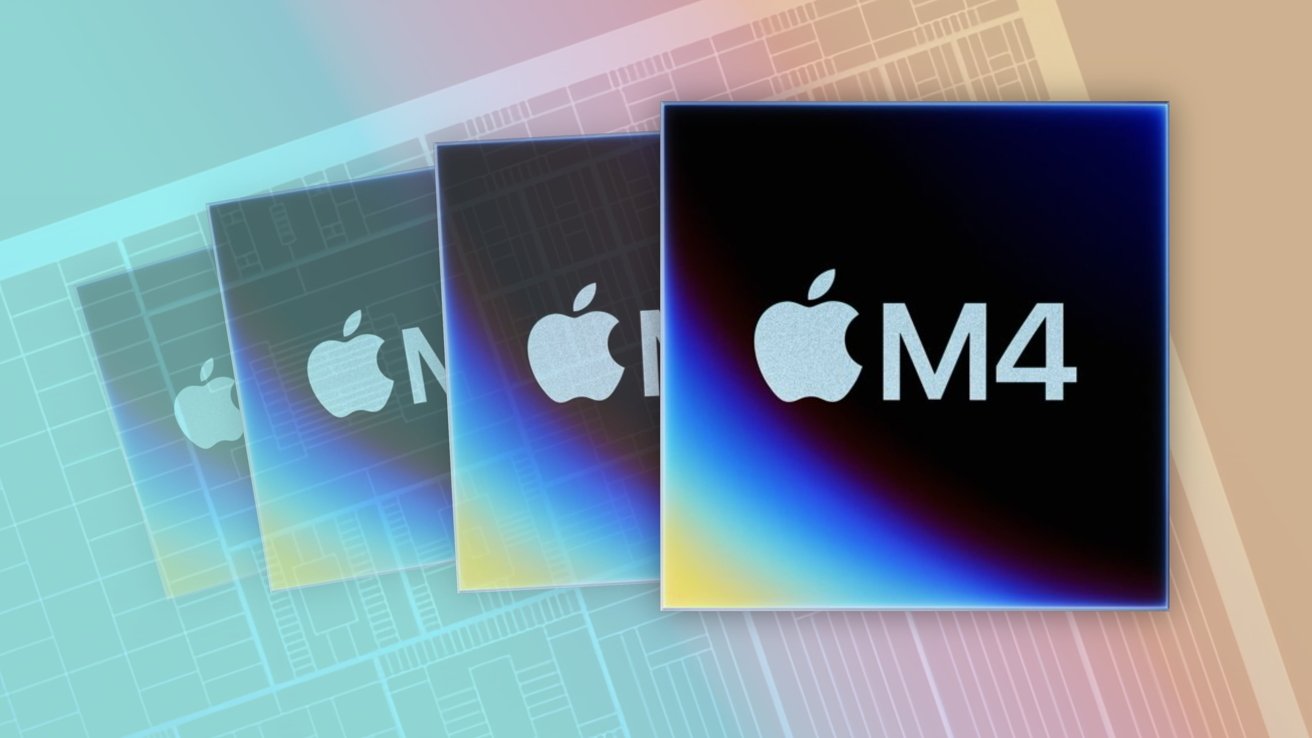Intel app compatibility on Mac is holding you back and will never get better
If you're still running Intel apps, even on an Apple Silicon Mac, face the fact that the developer is never going to change -- and that you need to, incredibly soon.

Craig Federighi illustrating how Apple Silicon Macs start up instantly -- image credit: Apple
Back in 2021, AppleInsider was running a series of articles charting which developers were bringing out native Apple Silicon apps. It was shocking how many important, popular apps weren't ready, or in some cases it appeared never would be.
At the time, you could make a case that old Intel apps worked fine because Apple had done a remarkable job making sure that they would. Just as it had with its previous transition from PowerPC to Intel, Apple had created a kind of translation app called Rosetta.
If you ran Rosetta on your Apple Silicon Mac, that Mac could then continue running Intel apps. It was technically impressive, but perhaps unfortunately Rosetta worked too well.

It could be five years since you saw this one-time dialog -- image credit: Apple
For those first few years since Apple Silicon launched in 2020, there were high-profile developers who figured Rosetta would do. In some cases, their apps were running faster under Rosetta than on a real Intel Mac, so the expense of revising it for Apple Silicon may not have seemed worth it.
Five years later
Half a decade later, almost to the day, practically every developer has learned that they need to move to Apple Silicon -- because their users had. Looking back through AppleInsider's lists of apps that were slow to adapt, it's hard to find any at all that haven't now gone native.
Or at least, it's hard to find any that you care about. Even today, there are Adobe apps that rely on Rosetta, but they are so obscure that the company may just have forgotten they exist.
If Adobe suddenly remembers them, or if you are using either Adobe Dimension or Adobe Substance 3D Stager, there is a problem coming your way.
As of 2027 and the release of macOS 28, Rosetta still won't exactly disappear, but Apple says it will no longer be fully supported.
Move on from Intel Macs
Those obscure Adobe apps are surely never going to be updated now. Adobe says, "we do not currently have a release date for native support," which after five years is surely code for we're not going to, either.
If you're running Intel apps on an Intel Mac, just upgrade. That's always easy to say when it's someone else's money, but this situation is special.

Apple Silicon is on its fourth generation in five years.
Apple Silicon is so much faster than Intel. That's not the kind of speed increase that is just some higher number on a spec sheet, it is one that you will feel. It was one that you felt with M1 in late 2020, versus a 2019 Intel Mac.
And it's one where your new Mac is so much faster that you will wonder how you ever put up with an Intel Mac. If your business is so crucial that you can't afford downtime upgrading your systems, your business is so crucial that it needs the speed of Apple Silicon.
It's easier to fix a problem before it becomes one. Getting a new tire when you know you have a leak is easier when you can schedule an appointment, instead of having a blow-out on the highway.
How urgent that problem is, depends on the workflow, as the old stuff isn't going to light on fire, of course. Some AppleInsider staffers used PowerPC macs in the home for almost a decade after the last one shipped. For that particular application, it was cost-effective.
But, the sunk-cost fallacy is real. Just because you spent $16,000 on that Mac Pro six years ago, it doesn't mean that a $3500 Mac Studio won't get the job done faster.
If time is money, the shift is worth it.
Move on from Intel apps, too
You could, though, be running Intel apps on Apple Silicon simply because you've never updated to native versions. It's dangerous to make a major software change in the middle of a production project, but there comes a time when it's more dangerous not to.
Firms that really haven't updated to Apple Silicon native are not exactly the kind of responsive company that can be relied on to support you if something goes wrong. And while you could simply avoid updating to macOS 28 when it comes, Apple eventually stops issuing security updates for older macOS versions.
So, you'll be good for a while, if your machine is internet-facing. Not forever.
The pain of updating your apps when they might be Intel ones is that you need to check. You can easily check on your Mac which apps you have are still Intel based and reliant on Rosetta.
However, maybe the most practical way to check is to search the developers' sites to see if there are native Apple Silicon versions of your most critical apps, and then just update to them.
There is a benefit to updating now, though. Everything you've heard about Apple Silicon being a transformational change is true, but it was true about the original M1 Apple Silicon processors in 2020.
Five years on, even M1 users see a big benefit to moving to the latest M4 processors. So going from Intel to M4 will be even more of performance benefit than it has ever been.
Read on AppleInsider

Comments
I wish Apple provided a performant x86 interpreter a la Rosetta to the VM makers, so those of us who need to use or build x86 apps can do so on current Macs.
Also, I AM bitter that Apple allowed me to spend thousands of dollars on a top of the line Mac Pro knowing that they’d be killing Intel months later. It was typically shoddy treatment of pro users that I’ve come to expect from Apple.
Secondly ARM Windows 11 runs in a Parallels VM and has its own fairly performant Rosetta like support for running x86 and x86_64 programs.
"In addition, lower performance emulation is available to run x86/x64 on Apple Silicon as well as ARM64 on Intel."
See
https://mac.getutm.app/
The performance of running an Intel macOS and Intel apps via UTM on an Apple Silicon Mac will obviously be much slower, however as this article indicates, an Apple Silicon Mac especially an M4 or newer is so much faster than an Intel Mac that this might still be acceptable.
Saying all this, I despise app developers who out of laziness chose not to update their apps to be Apple Silicon native, Apple made this as easy as possible using their developer tools. I encountered the same blinkered attitude way back when Apple moved from PowerPC to Intel. In more recent times I found many anti-virus product makers had not updates their products and relied on Rosetta2. Whilst they did work via Rosetta2 I regarded this as an unacceptable risk because of the small possibility Apple would make a change during a macOS update that would 'break' Rosetta2 so that Rosetta2 might need redownloading/installing after a macOS update resulting in the risk that the anti-virus tool would at least temporarily become disabled.
(Ironically Microsoft Defender turned out to be the most compatible solution for Macs at that time and I therefore migrated the entire global organisation to Defender as a result.)